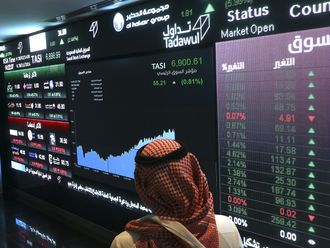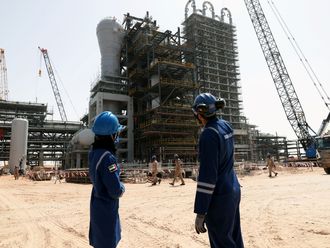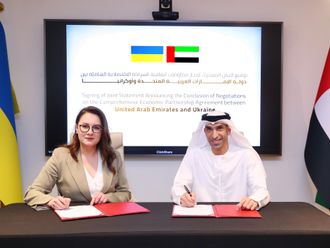London : Forget GDP growth — it doesn't matter to investors. I'll be looking forward to the regional productivity data on February 10. I'll be interested to see whether fund managers' activity can make up for the millions of working hours lost outside of the City to... merely a bit of snow.
According to research from YouGov, 124 million hours of productivity were lost in a week last month because a few ice crystals fell to earth without melting. Apparently, 74 per cent of British workers felt "affected" by the snow but fewer than half — 48 per cent — felt "under pressure to get to work and maintain ‘business as usual'". That's understandable if you live in Inverness. But the people who felt most "impacted" were from the south-east — nearly eight out of 10 southerners complained of difficulty getting to work, compared with six out of 10 Scots.
This research was commissioned by Citrix GoToMyPC — a provider of remote working solutions. Not much got solved, though. According to the more honest "Snow Skiver" survey from video-conferencing provider Tandberg, one-quarter of UK workers considered themselves "less effective" when working from home during the snowfall.
Add it all up, as the Forum of Private Business did last weekend, and the productivity downturn cost UK businesses £230 million (Dh1.347 billion) a day. Some economists put the total cost at nearer £1 billion a day, on the premise that GDP per working day is around £5 billion, and 20 per cent of people were video conferencing with Tricia or Jeremy Kyle, from the comfort of their sofas.
Fund managers, however, are a hardier breed. One of them struggled into work just so he could tell me how productive some of his former colleagues had been. Alan Miller, ex-New Star and now running SCM Private, produced an analysis of the activity levels of UK fund managers.
He pointed out that their frenzied trading resulted in an average portfolio turnover rate of 102 per cent a year. In other words, they turned over, or changed, all of their fund holdings in the space of 12 months.
And what does all this activity produce? Lots of commission for brokers but lots of hidden costs for private investors — which reduce their returns. Miller found that the five UK All Companies funds with the highest turnover underperformed the average fund by 1.4 per cent in the five years to end December 2009. He estimates that the extra share dealing costs amount to a drag of 0.9 per cent on the performance of the average UK active fund.
As he points out, "Warren Buffett does not turn over his portfolio by 102 per cent a year".
So I asked the FT statistics department to help me work out how badly fund managers confuse activity with productivity. We compared portfolio turnover rates with total annualised returns for UK funds in Morningstar's UK Large-Cap Blend Equity sector. This includes many widely held UK funds, such as Fidelity MoneyBuilder Growth, M&G Recovery and Newton Income. Some of the figures were chilling.
Turnover
Average turnover for the five most active managers was 420.37 per cent, while the average annualised return was 6.64 per cent. Average turnover for the five most inactive managers was 0.13 per cent, while the average annualised return was 6.08 per cent.
In other words, by being more than 3,200 times more active, the fund managers were just 1.09 times more productive.
Broadening out the top and bottom samples made the activity look more futile. Average turnover for the 10 most active managers was 330.64 per cent, while the average annualised return was 6.02 per cent. Average turnover for the 10 most inactive managers was 1.22 per cent, while the average annualised return was 6.16 per cent.
Thus, being 270 times more active made the frenetic managers underperform their calmer counterparts.
Admittedly, the averages conceal exceptions to the rule. Scottish Widows UK Select Growth fund had a portfolio turnover rate of more than 500 per cent, suggesting it changed its portfolio five times a year, but it produced annualised returns of 10.25 per cent. However, some low turn-over funds have done better. M&G Recovery, for example, only needed to turn over its holdings at a rate of 17 per cent to get annualised returns of 12.39 per cent.
Clearly, private investors need to see these turnover rates before they pick a fund — a proposal I'll be adding to the FT Fund Fees Manifesto. And those fund managers who travel in to trade every day need to ask themselves: "Is my journey really necessary?"
— Financial Times












